Selected Plants from the Washington Park Arboretum
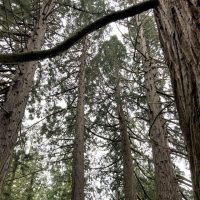
1) Sequoiadendron giganteum Sierra Redwood
These impressive trees are scattered around Seattle and West Seattle.
The grove on the western border of the Pinetum is worth a visit (located at: 101-48-K). Feel the “vibe”!
2) Platanus orientalis Oriental Plane
This is a excellent urban tree.
You’ve probably zoomed past a good example many times along the Lake Washington Boulevard (located at: 31-54-C).
Spring in the Woodland Garden 2022
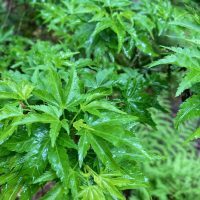
1) Bright Green Maples
Even the common color of green inspires hope and energy in spring. Here are two exceptional examples:
Acer palmatum ‘Shishigashira’, known as the Lion’s Mane maple, was so named for the curled, bunched up leaves at the ends of short, stout stems.
Acer japonicum ‘Ed Wood’, located in the Signature Bed at the Graham Visitor Center, sports exceptionally robust foliage for a blast of color in both the spring and autumn.
An Overview of The Washington Park Arboretum Master Plan
A master plan is critical for a botanic or public garden of any size, to give it a sense of mission and purpose, and then to guide priorities to accomplish its goals.
Read moreA Vibrant, Welcoming and Diverse Future for UW Botanic Gardens: UWBG’s Co-Directors in Conversation
“The Arboretum is over 230 acres and it is absolutely a public space. And when we say public that means everyone, not just the people that live close by,” says Christina Owen, co-director of UWBG.
Read moreI’m Lichen What I’m Seeing!

Let’s dip our toes into the bizarre world of lichens! Lichens are those interesting, colorful, strange little growths found on trees and stones that are commonly mistaken for moss. Lichens and mosses can certainly grow together and often do, but they are far from the same thing. These underappreciated epiphytes are actually not even plants at all. They are a symbiotic combination of fungi and algae which form an estimated 3,600 (and counting) different species of lichen throughout North America.
Read moreFantastical Fronds and Where to Find Them
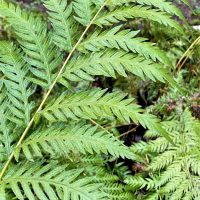
Ferns are unique in that they do not flower or produce seeds, but instead reproduce vegetatively or through spores. If you’ve ever seen dark brown dots on the bottom of a fern frond – those are spores! Spores are most often found on the underside of fronds in clusters called sori.
1) Woodwardia fimbriata Giant Chain Fern
This species is the largest fern native to North America and is found on the coast in moist coniferous forests from British Columbia to Baja California.
Read moreSpotlight on Bothell BES 495 Student Interns: Jessica Rouhana and Jit Singh Roopra
University of Washington Bothell (UWB) and the University of Washington Botanic Gardens (UWBG) at the Washington Park Arboretum (WPA) partnered this Winter quarter with two community based learning and research BES 495 student interns. Here are their BES 495 project blogs:
Planting Projects at WPA by Jessica Rouhana, BS in Conservation and Restoration Science
Two projects were focused on: Rhododendron Glen and the Lightning Tree.
Living Fossils at the Washington Park Arboretum
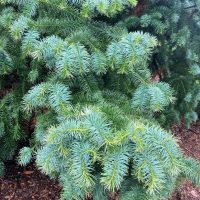
The term ‘living fossil’ was coined by Charles Darwin in his book, Origin of Species in 1859. Although definitions can vary, a living fossil generally refers to an organism that has remained in the fossil record for an unusually long time span with seemingly very little change. These organisms are fascinating case studies in plant evolution. Here are some of the living fossil plants that can be found in the Arboretum:
1) Taiwania cryptomerioides Coffin Tree
This coniferous tree species is native to eastern Asia and is the only surviving member of its genus, descending from the middle Jurassic Period.
Read moreHemlocks of the World
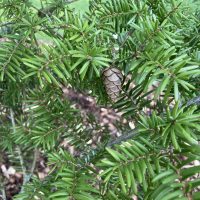
Ten species of hemlock (Tsuga) are found across North America and Asia. When young, all species have a tell-tale drooping top or leader. The largest species, Western Hemlock (Tsuga heterophylla), is a common forest tree in the lowland Northwest. A popular landscape tree, Mountain Hemlock (Tsuga mertensiana) is native to higher elevation forests of the Northwest. Check out some of the other hemlocks in the Arboretum collection!
Read moreSeven Urban Park Organizations Selected for Central Park Conservancy Institute for Urban Parks 2022 Partnerships Lab
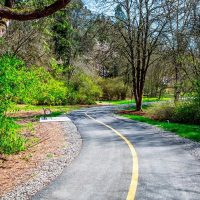
We’re excited to share the news that UWBG, the Arboretum Foundation, and Seattle Parks & Recreation have been selected to participate in the Central Park Conservancy’s 2022 Partnerships Lab program!
Read more